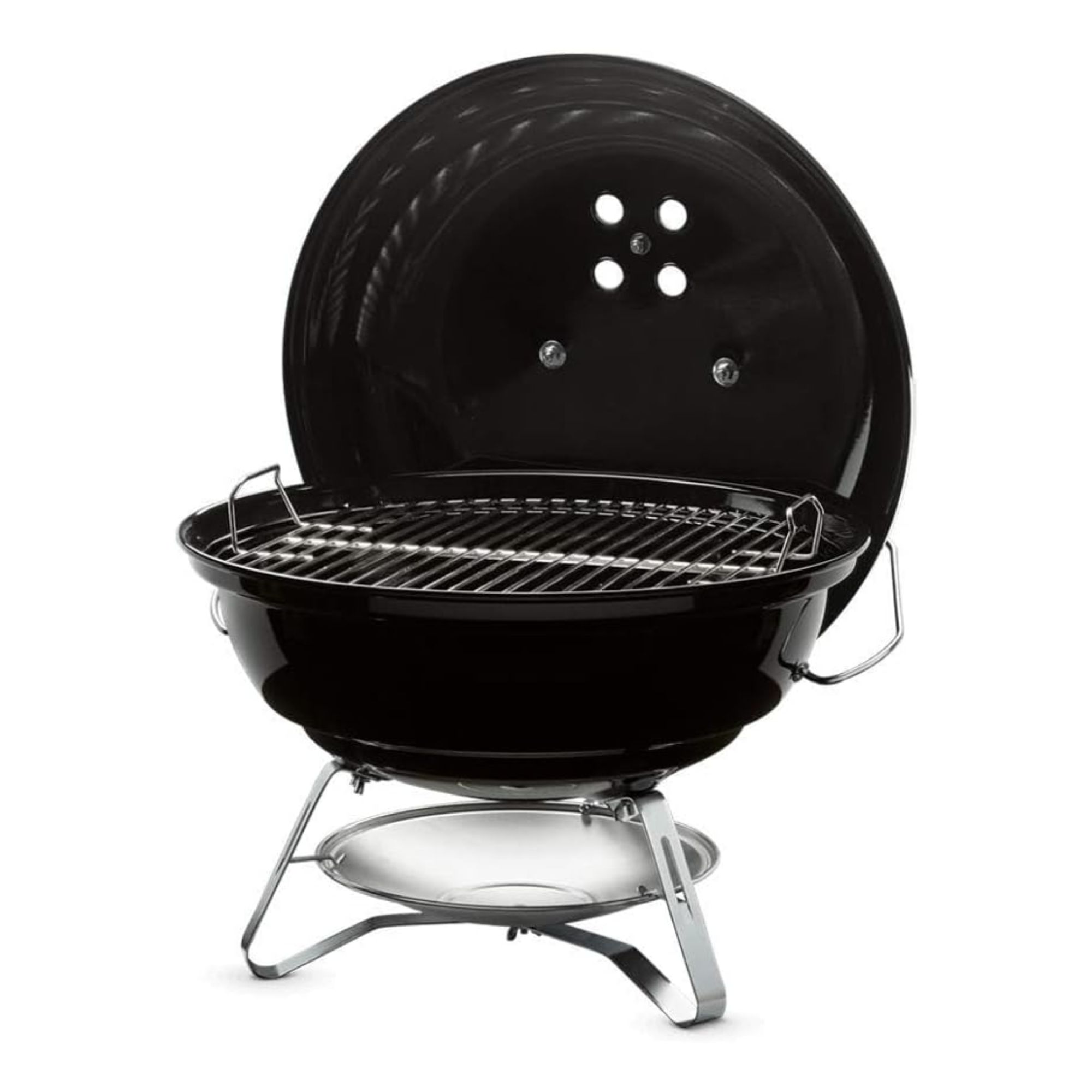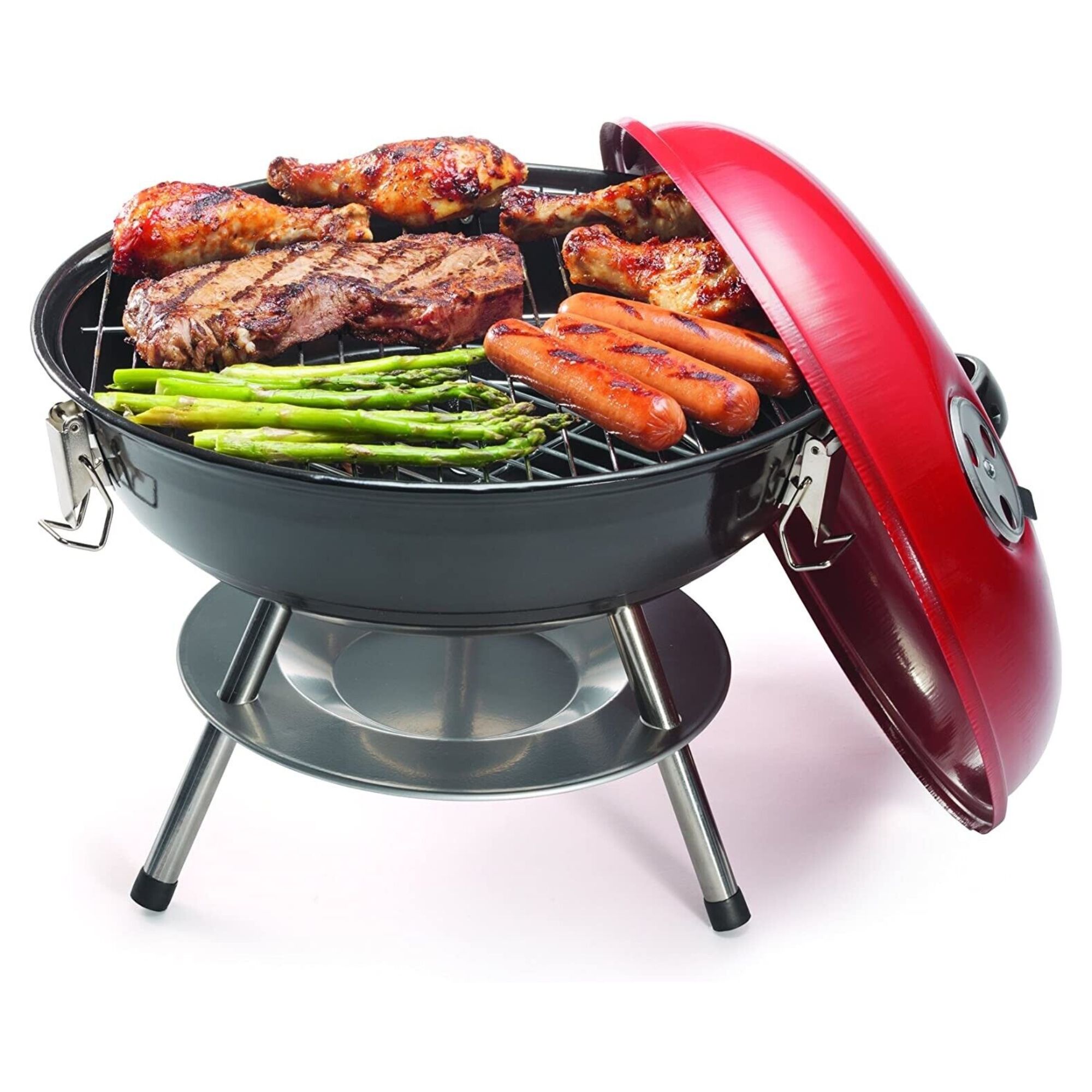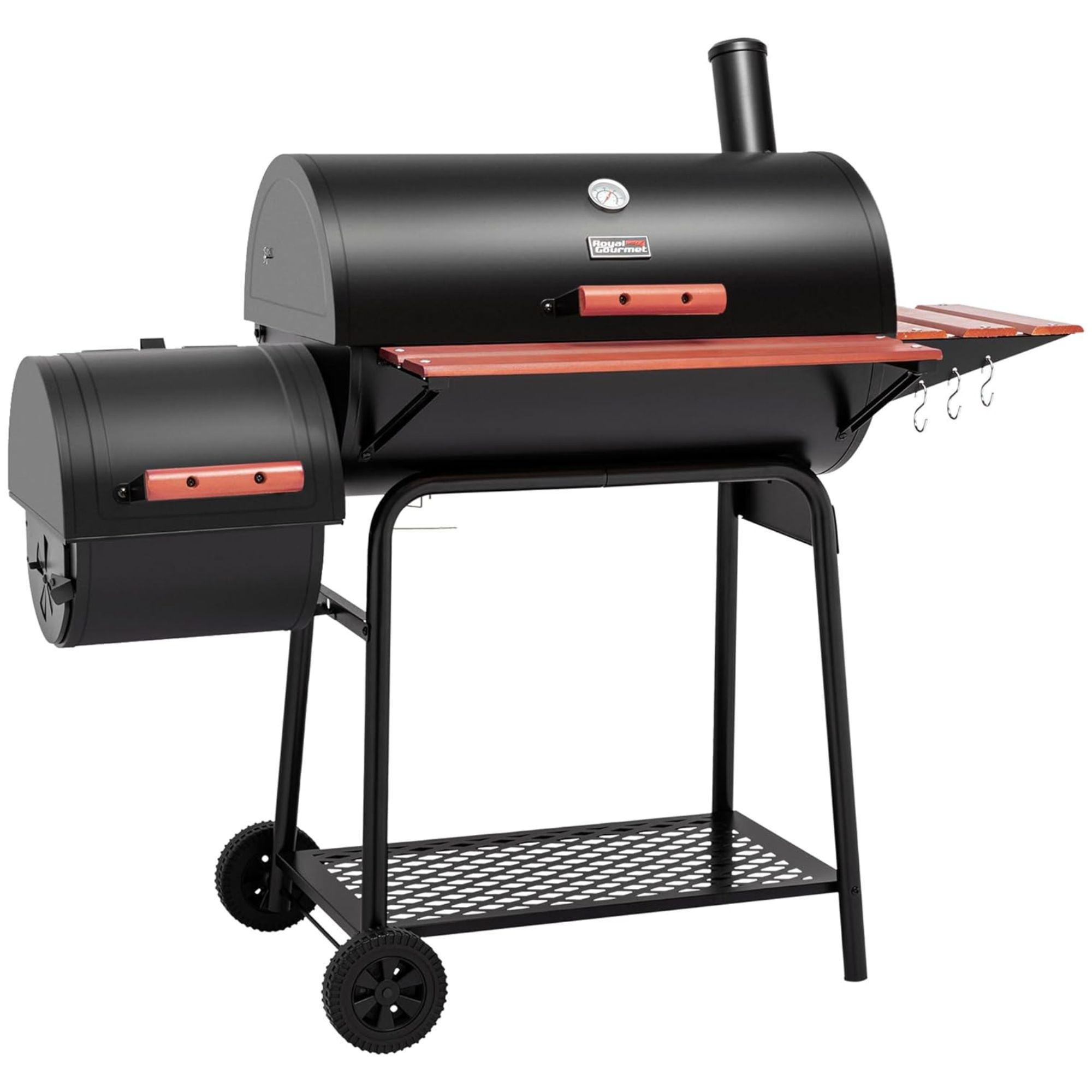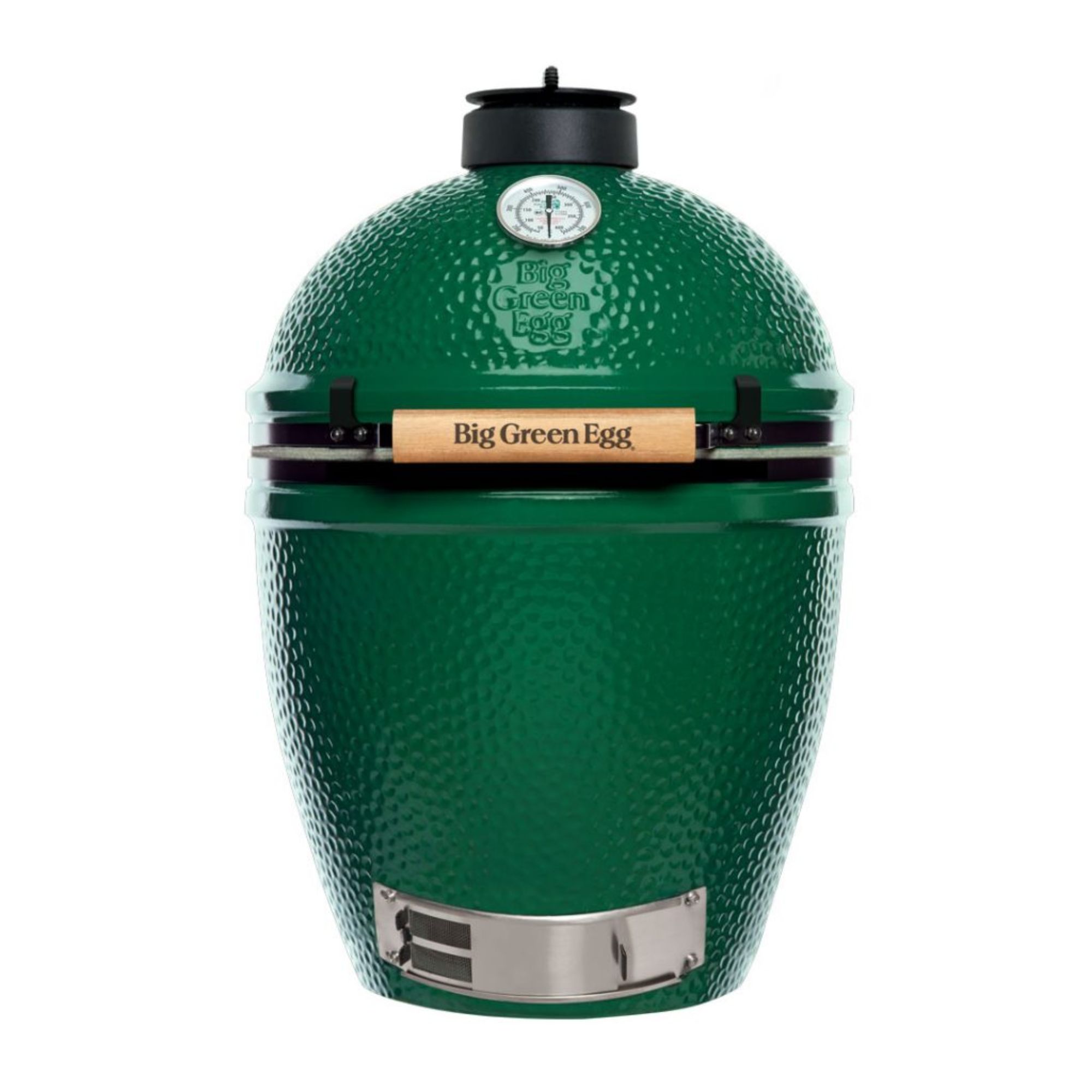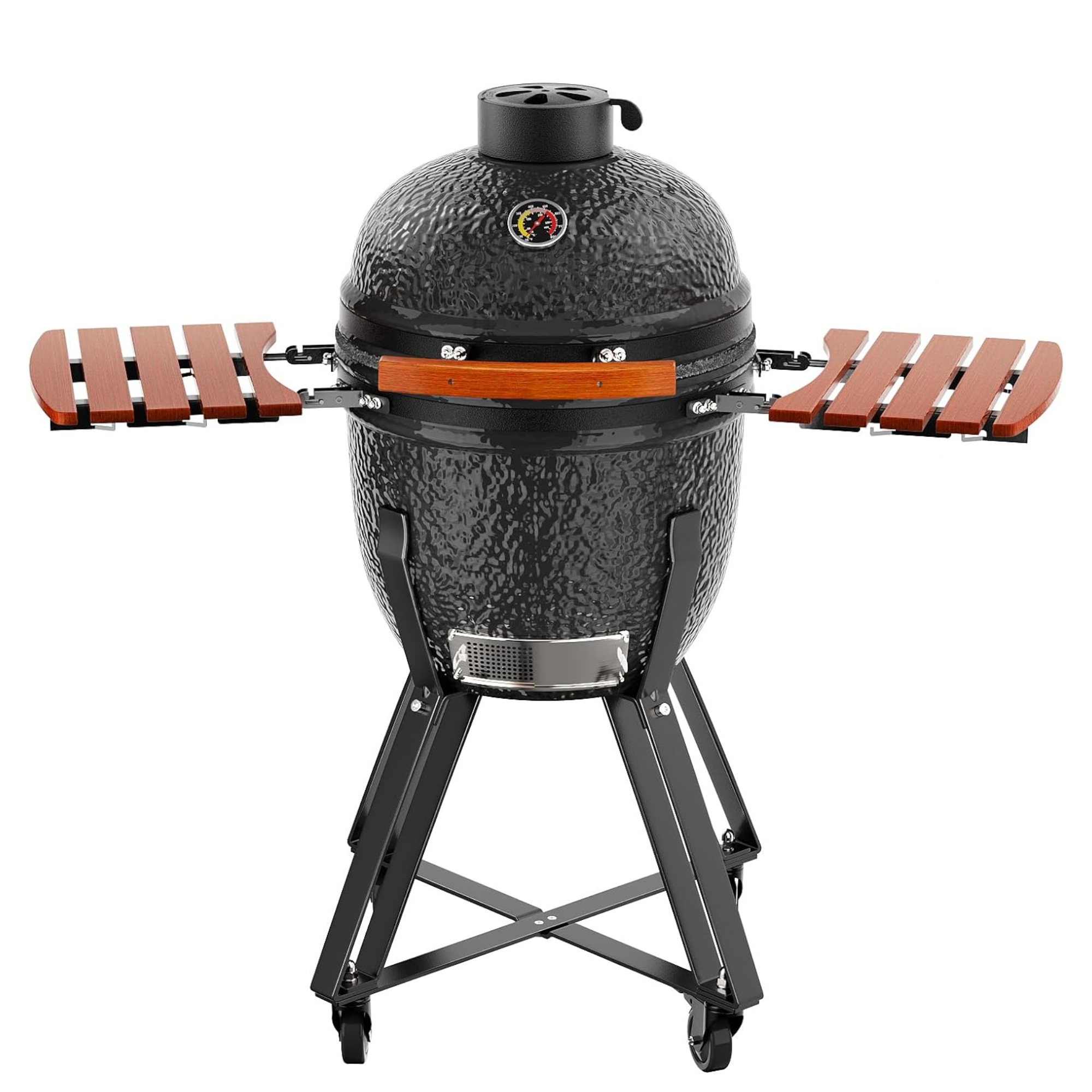How much should you spend on a charcoal grill?
Explore our advice when shopping for the three main types of charcoal grill


I'm pretty partisan when it comes to grilling: charcoal grills always taste better than gas. Cooking on charcoal makes for delicious smoke that utterly transforms your food.
However, if coals are the only thing that makes a difference, it stands to reason that you don't need to pay much to get a good grill. It can be hard to know if you're overpaying or underpaying for a good grill.
I've tested plenty of charcoal grills in my hunt for the best grills, so I know exactly where it pays off to invest and where you can save a little money.
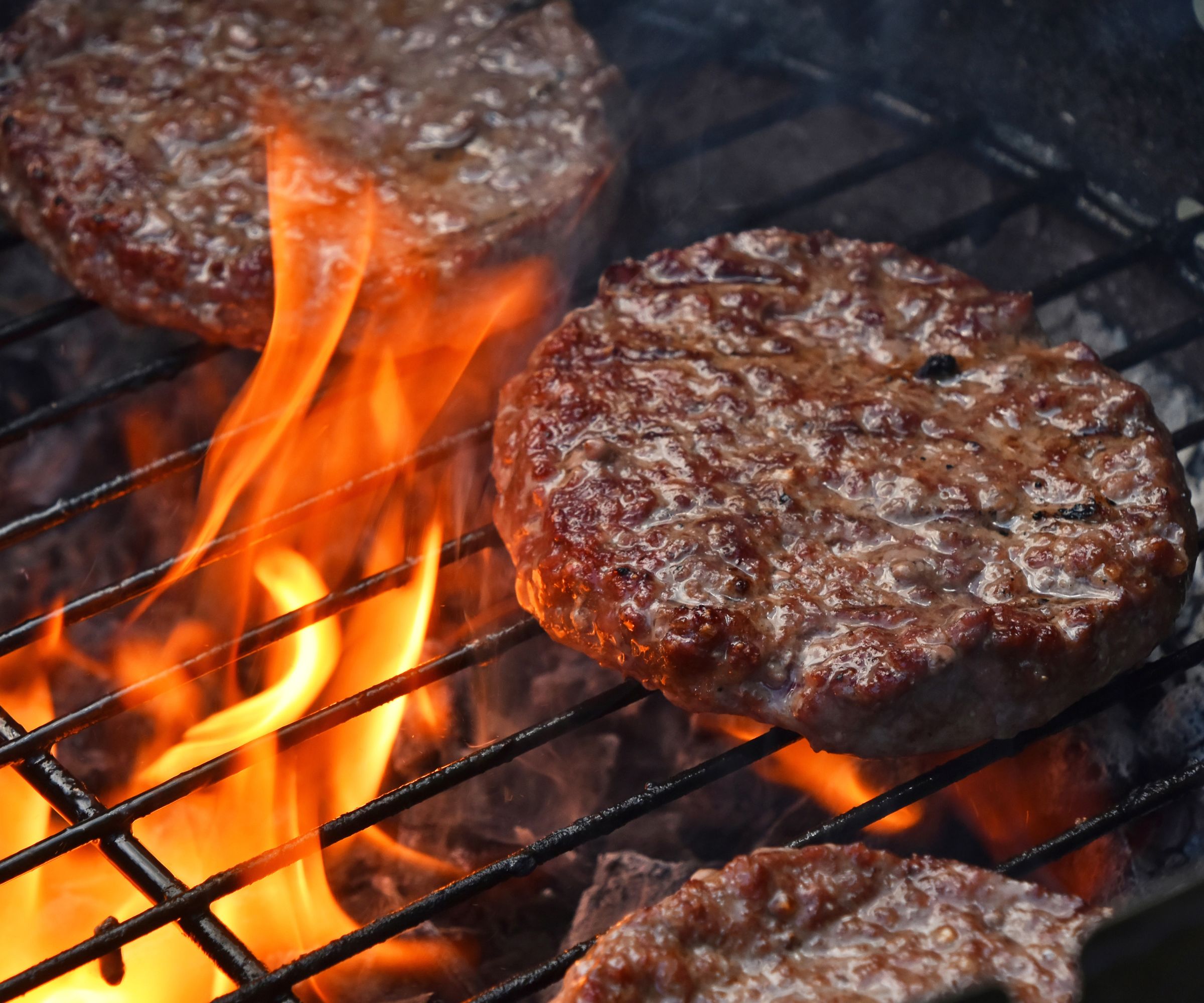
How much should I spend if I'm on a budget?
The good thing about charcoal grills is that the basic effect is the same no matter how much you pay. The mechanism doesn't change if you spend more money. All charcoal grills work on the same principle: fats and oils from whatever you're grilling - burgers, chicken, fish, or vegetables - drip between the gaps in the grill and vaporize on hot charcoal. This creates delicious smoke which then reinfuses with your ingredients. It's why charcoal grills taste so much better than gas or electric grills.
This means that if you don't have much to spend, I recommend a portable grill. You can get a portable grill for under $50 at Amazon, and even if you spend a little more and get a name-brand portable grill from Weber or Cuisinart, you won't spend more than $100. These grills will all make delicious food, and you won't have dropped the hundreds or thousands you might spend on a gas grill.
The drawback is that these grills are pretty small, and won't feed many people. However, they easily cook enough food for a family of four. If money is tight but you have more people to feed, try the Weber Jumbo Joe, available at Amazon. It's a portable tabletop grill, but it's 18 inches wide, only slightly smaller than a classic Weber kettle.
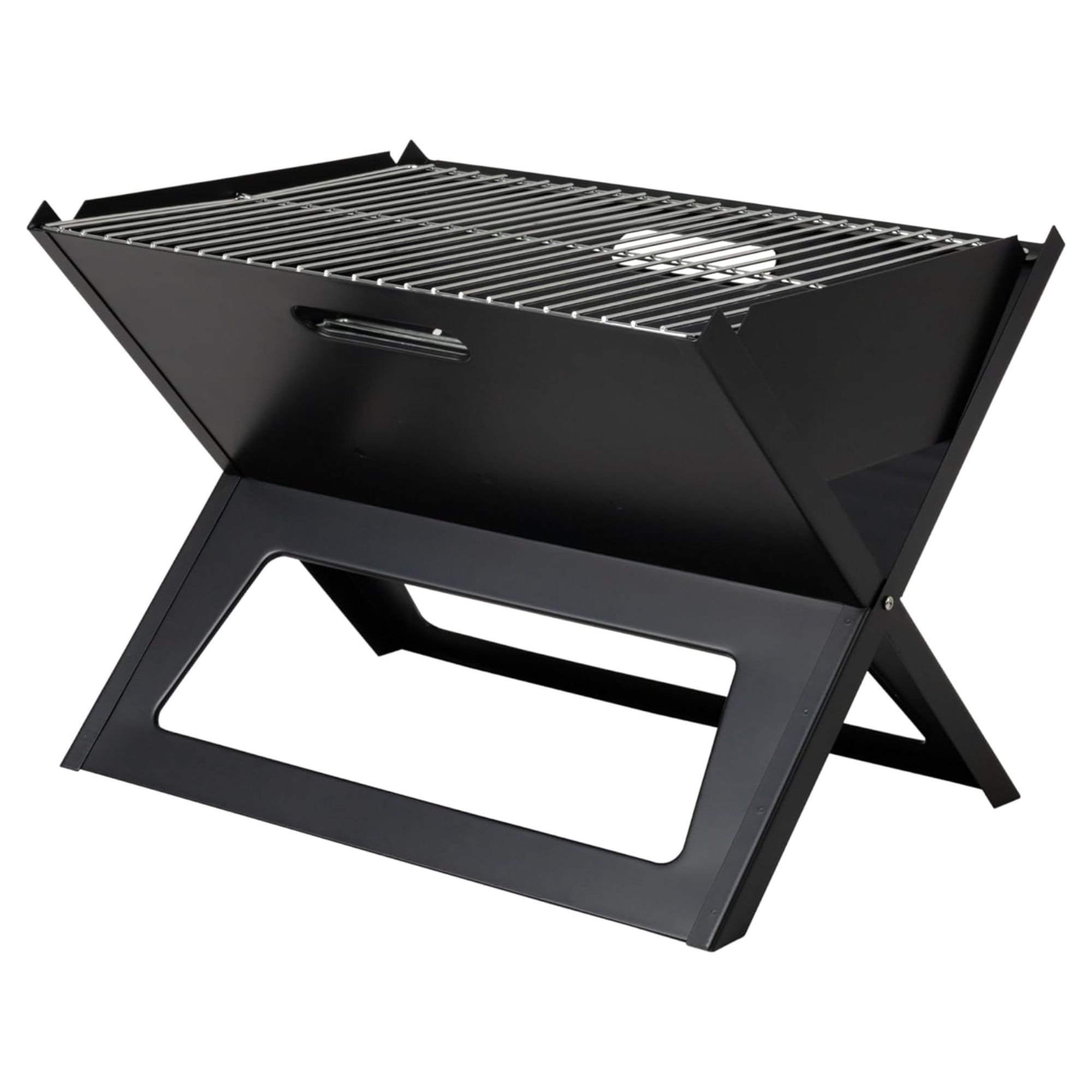
You won't find anything simpler or cheaper than a notebook grill like this. I've had delicious burgers from a grill just like this.
How much should I spend for a decent charcoal grill?
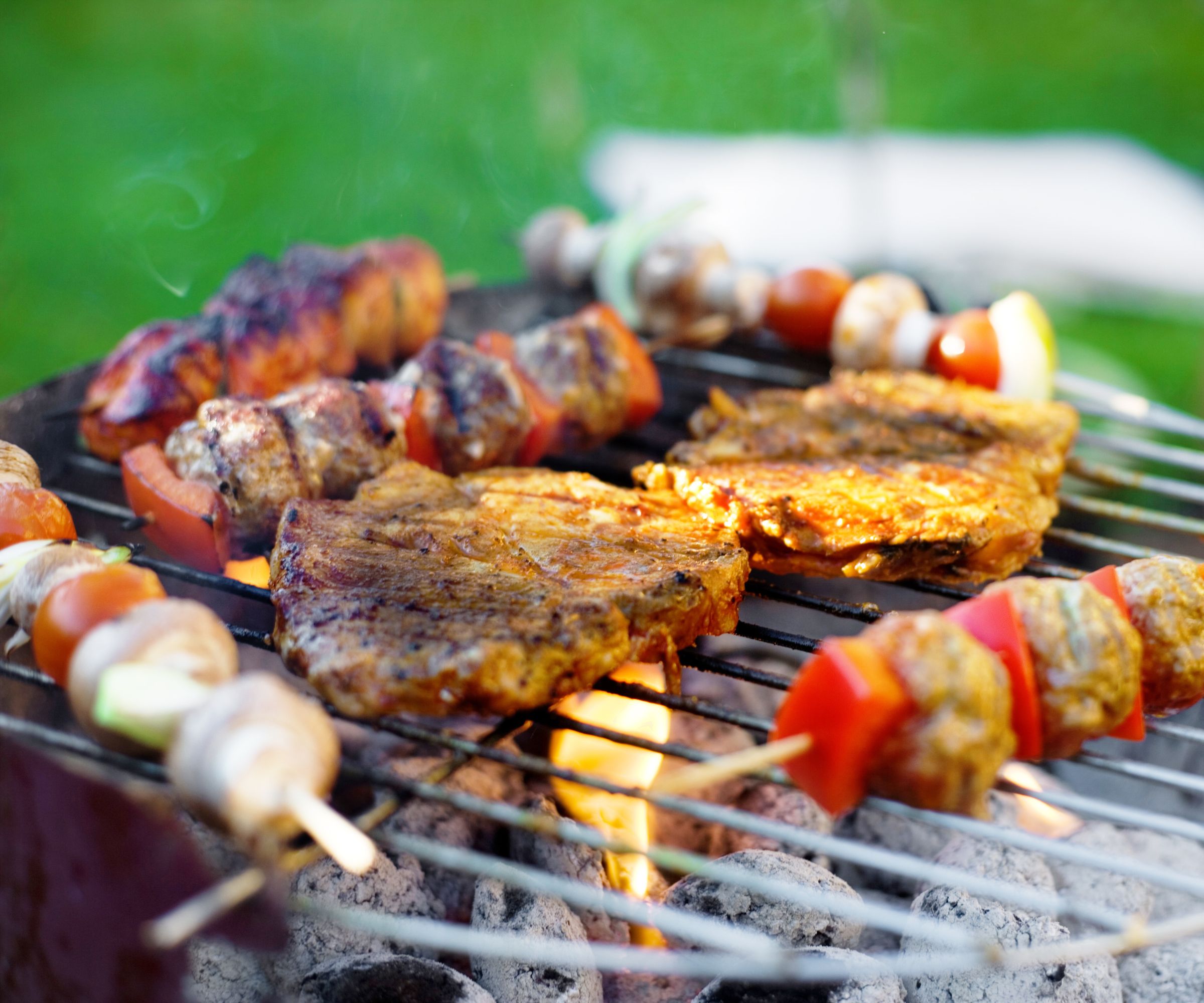
However, the drawback of buying a cheap portable grill like the ones above is that they're pretty basic. They're harder to clean, as they don't have handy features like ash catchers, and they also lack basic but invaluable features like tool hooks and thermometers.
Cheap grills are also much more likely to rust, so you may not save that much money in the long run. I've found that cheaper grills are often a nightmare to assemble and use. The cheapest full-size grill I've used was only $50, and it wasn't properly machined and lacked vital screws. I had to drill new holes in the lid and then mount the lid with a bolt that didn't quite fit. It largely worked, but it didn't feel the safest as I was cooking.
This means that I advise spending between $150-$300. My pick for a charcoal grill is almost always the Weber Original Kettle from Amazon. It heats up quickly and evenly, it's relatively cheap (I recommend buying from Amazon because it's rarely more than $150), and feels sturdy and reliable. Unlike some of the other grills I've tested, the Weber Original I tested a few years ago is still yet to rust, and I have to admit I haven't taken the best care of it. If you have a little more money, buy the Weber Performer, also available at Amazon. It's about $200 more, but you get a side table and grill hooks, which are incredibly useful.
However, Weber isn't the only game in town, and you can get fantastic results from cheaper drum and kettle grills; just do your research before you buy, because you could end up with a badly-machined grill that quickly rusts.
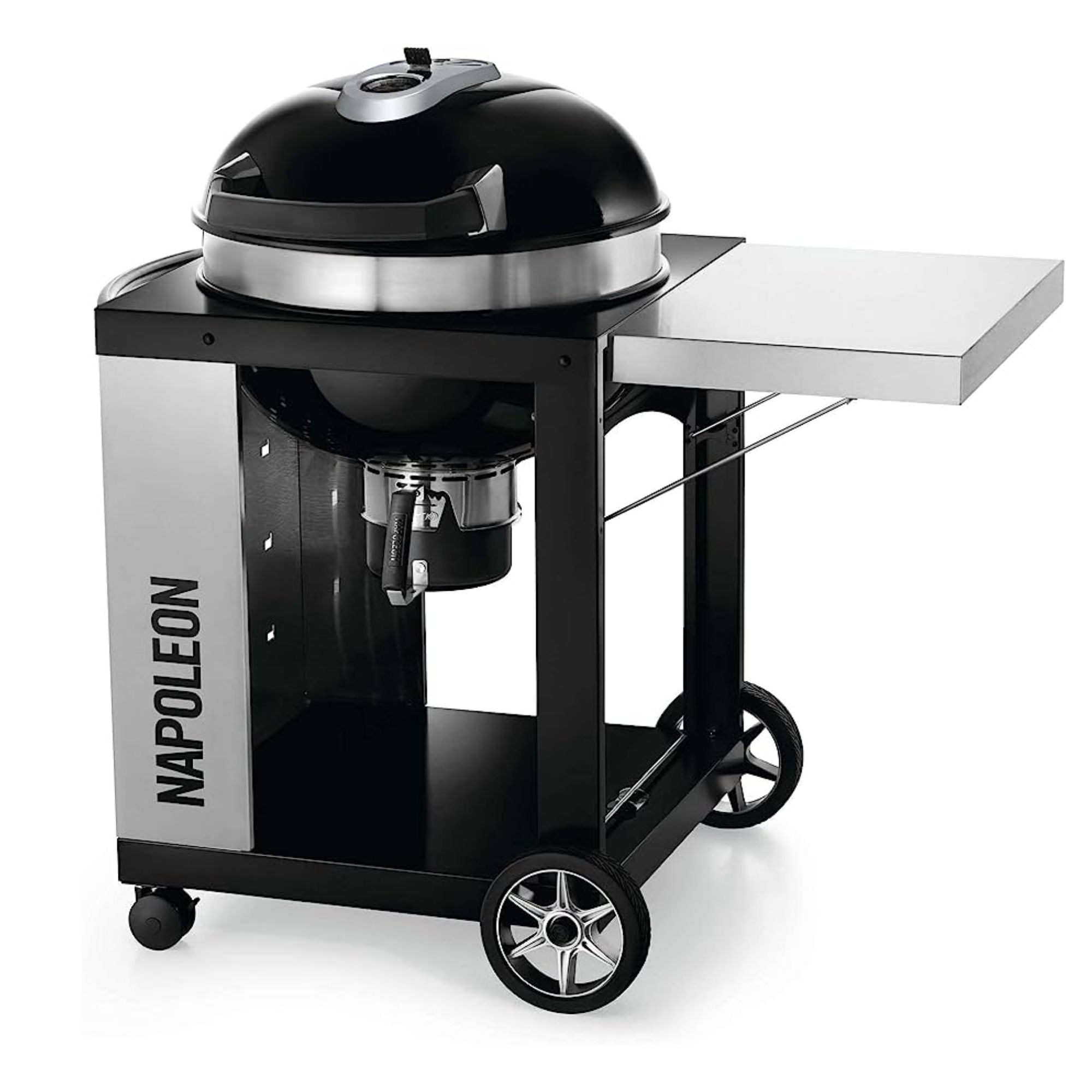
This robust, effective model from Napoleon is our favorite charcoal grill. It made some of the best burgers and chicken on test and perfect steaks.
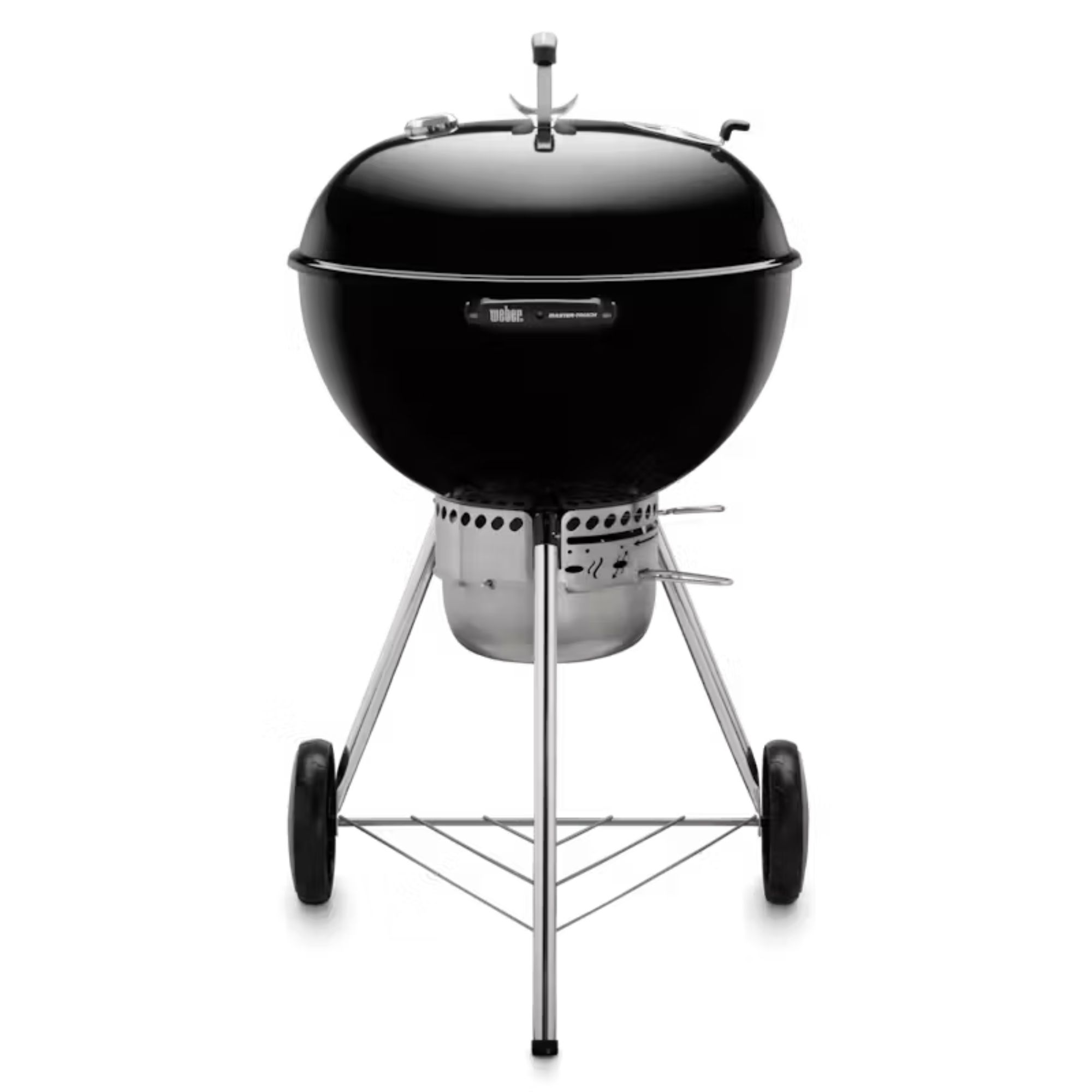
This charcoal grill is fairly basic but makes flawless food. It's also one of the fastest charcoal grills I've ever used.
What if money is no object?

If you want the best possible charcoal grill and money is no object, buy a Kamado. These grills use ceramic plates as well as steel. Ceramic plates are incredible at reflecting heat, so a Kamado grill gets much hotter, and much faster than a traditional kettle grill. They can also hold heat for hours, so if you like to smoke meats, a kamado is the perfect grill. I wanted to dislike Kamados the first few times I tested them because they're so expensive, but they genuinely make delicious food, especially slow-roasted and smoked food.
A good price for a Kamado is $1200-$2000. Kamados cheaper than $1000 are almost always knock-offs that don't even have ceramic plates. More than $2000, and you're likely overpaying.
Grill expert and World Championship barbecue judge at at Houston Livestock Show and Rodeo, Harry Miller, told me: 'Charcoal grills get really fancy and pretty and the expense can pile up quickly if you get into stainless steel parts or pieces and specialty wood handles.'
With this in mind, my advice is that you don't need all the attachments associated with Kamados. They can be fun to experiment with, but you can usually achieve the same effect as a rotisserie or a 'smoking ring' with a little planning.
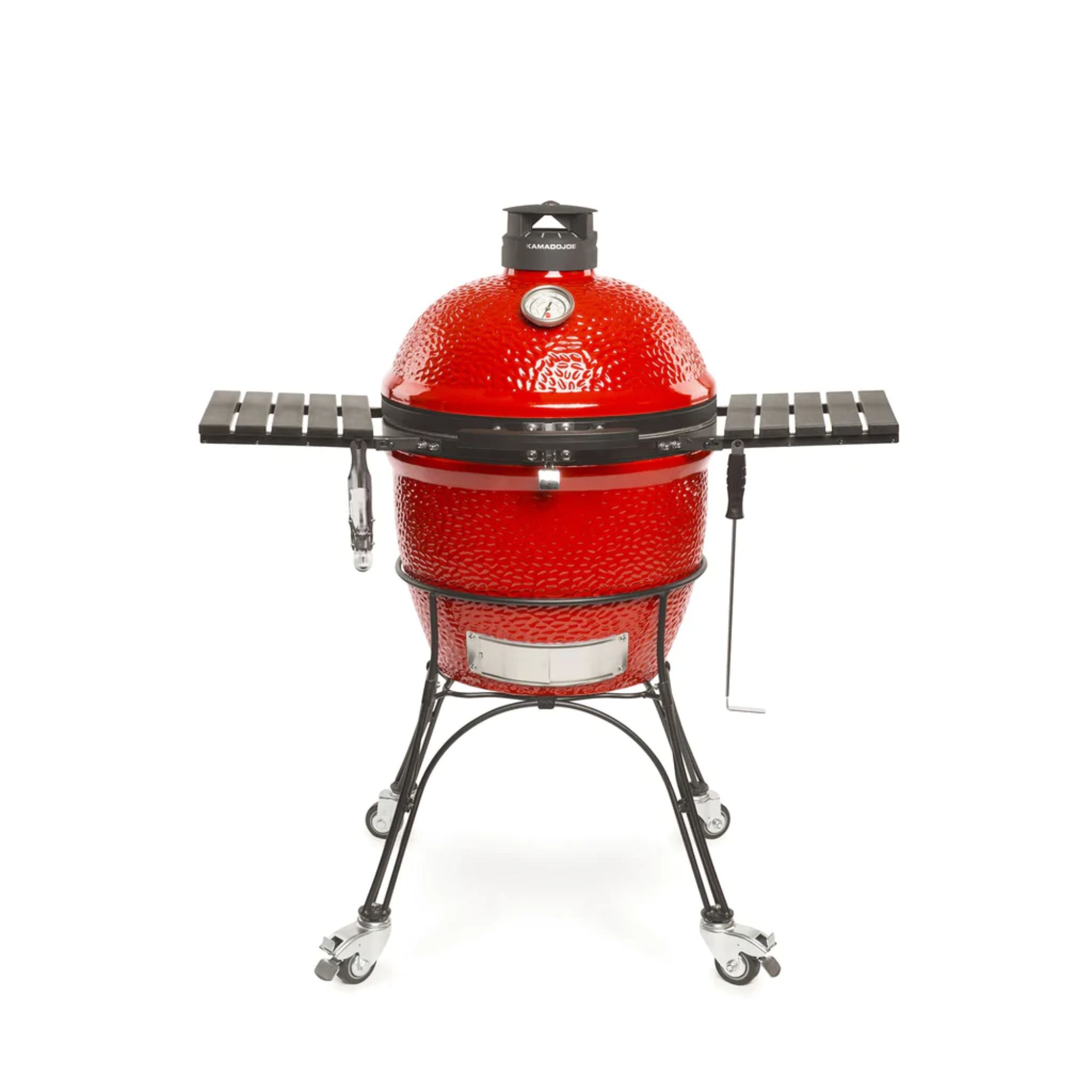
I've found incredible results from cooking on one of these. It's efficient, reaches incredibly high temperatures, and best of all, makes delicious food.

Harry is on the Board of Directors of the Jr. Cook-off subcommittee for the WCBBQ Cook-off at Houston Livestock Show and Rodeo.
FAQs
Can you smoke on a charcoal grill?
It's easy to smoke on a charcoal grill. Just add some wood chips or chunks on top of your coals and close the lid of your grill.
If you want to know even more about charcoal grills, I've written expert advice on the best wood for smoking and charcoal vs gas grills.
Sign up to the Homes & Gardens newsletter
Design expertise in your inbox – from inspiring decorating ideas and beautiful celebrity homes to practical gardening advice and shopping round-ups.

As a gardens and lifestyle contributor, Alex makes sure readers find the right information to help them make the best purchase. Alex got his start in reviewing at the iconic Good Housekeeping Institute, testing a wide range of household products and appliances. He then moved to BBC Gardeners’ World Magazine, assessing gardening tools, machinery, and wildlife products.
-
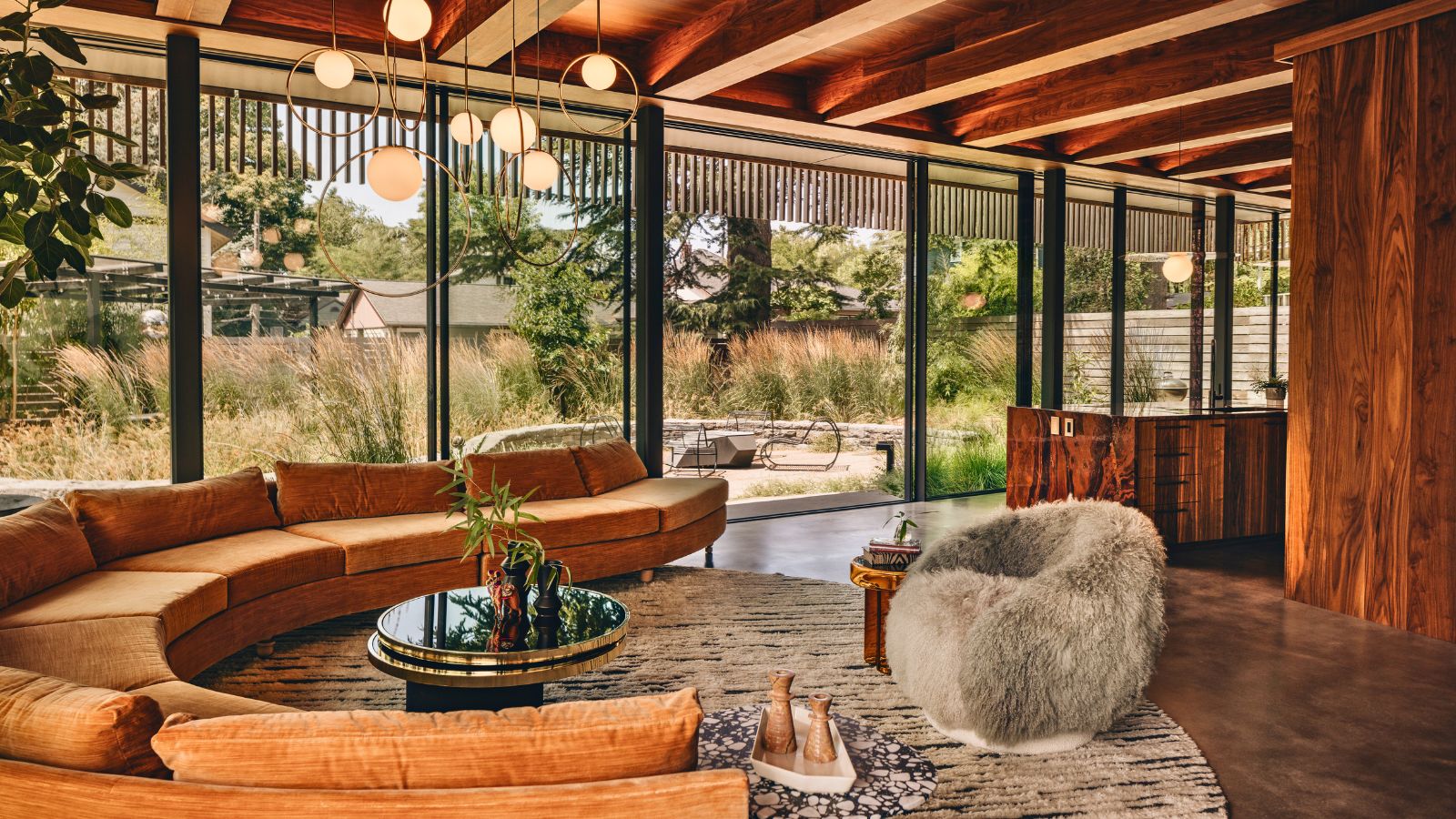 'Sexy disco-era Italy meets Japanese farmhouse in the Brazilian jungle' was the description the interior designer gave this glass-walled modernist home
'Sexy disco-era Italy meets Japanese farmhouse in the Brazilian jungle' was the description the interior designer gave this glass-walled modernist homeOffering a warm welcome that defies its stark, modernist lines, this archictectural gem is full of surprises
By Karen Darlow
-
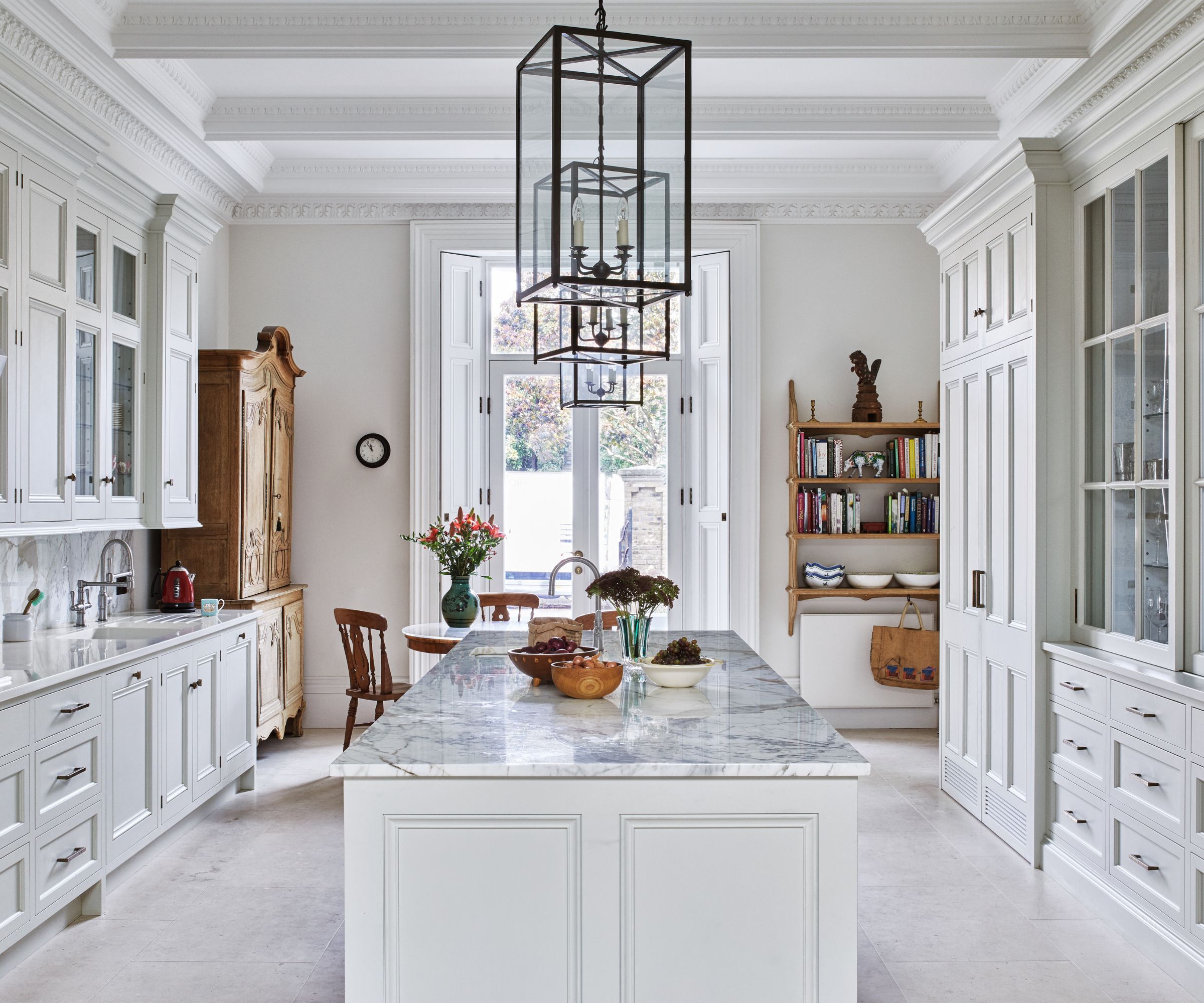 Are you making the most out of the estate sales in your area? These are the 5 most valuable items you should be shopping for
Are you making the most out of the estate sales in your area? These are the 5 most valuable items you should be shopping forVintage lovers and antique experts share the objects you should always look out for when you're exploring an estate sale
By Eleanor Richardson
